My Journey Through 3D-Filament Bags
Setting the Stage
I've personally find keeping filament dry is necessary, especially when living in Texas (read, high-humidity) - even with PLA, I can tell the difference (although, I tend to print a lot of PLA+). So I've messed around with many "keep my filament dry" solutions, but ultimately ended up around vacuum bags. Bags are cheap, but I mostly valued their space efficiency.
That said, they all seem to kind of suck.
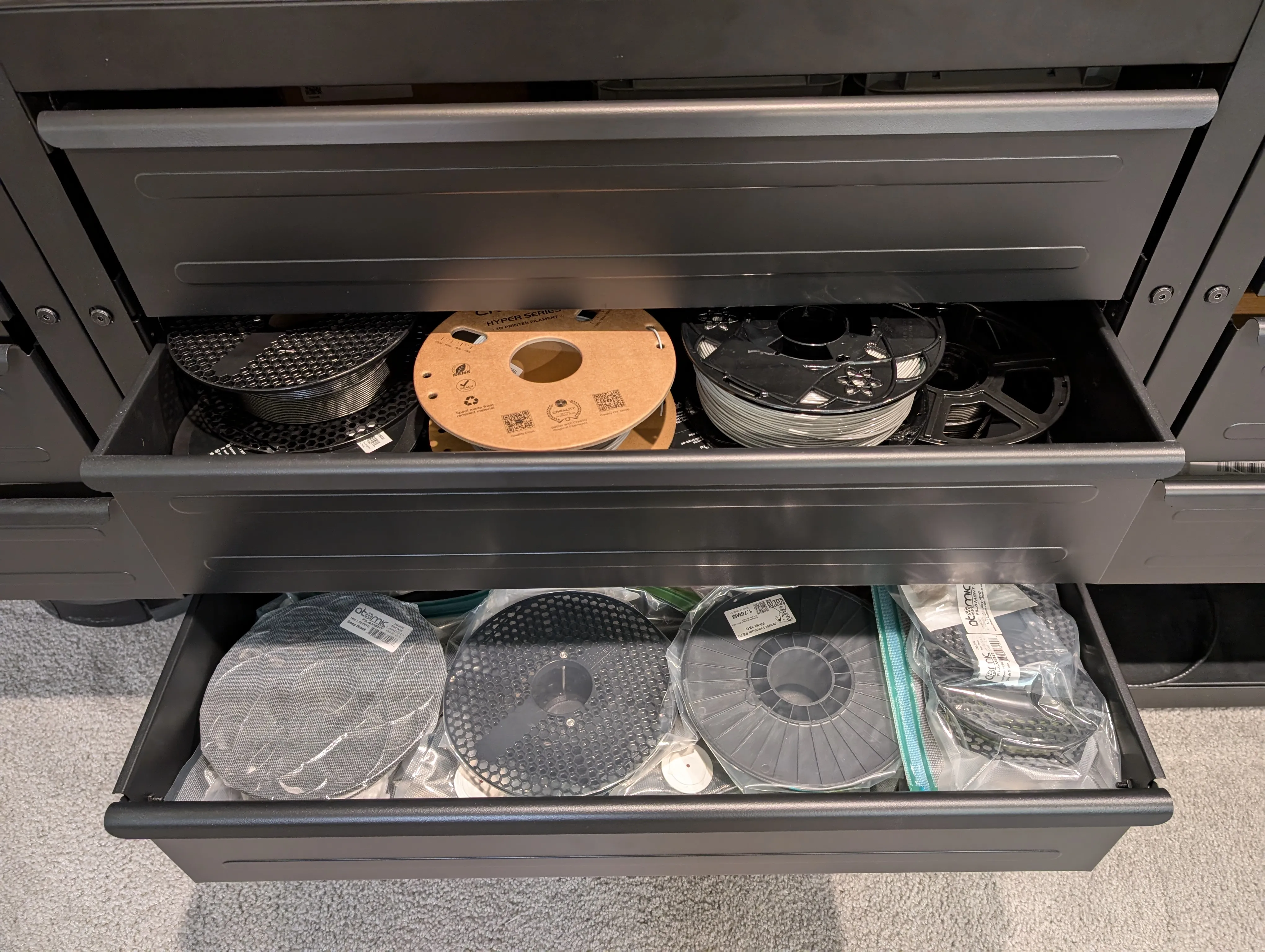
This is how I store my filament - PLA on the top, with PETG on the bottom. With these Ikea drawers, I can stack two rolls of filament, with barely any room to spare.
I've gone through a lot of bags, from a bunch of brands, and I've found some conclusions.
There's One OEM
There appears to be one main "vacuum bag" OEM that makes bags large enough for 3D printing spools. You can tell from the black or blue vacuum seal - it's just a hole with tape coving it. These are just repurposed from the food sector.
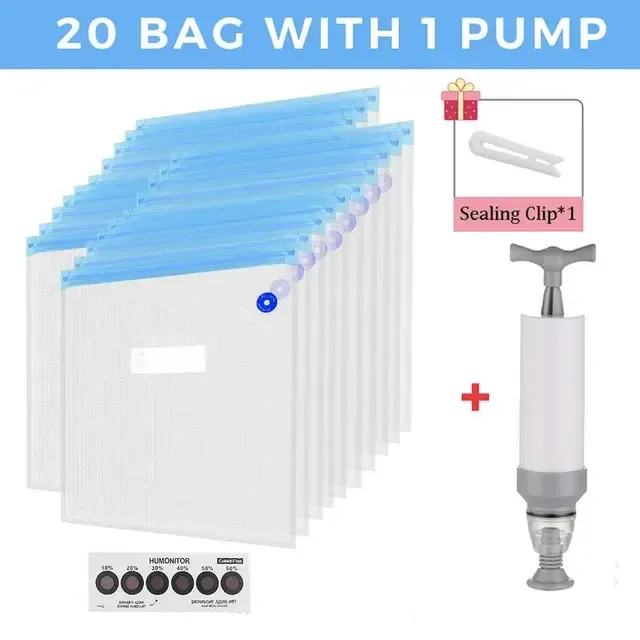
These bags do work, but painfully so. You're vacuuming through a tape seal, it's exhausting, and electronic vacuums don't make this any better. They also don't commonly come in large enough sizes. The main size seen on Amazon is slightly too small for some filament brands e.g. Atomic Filament. One in say 30 sellers might sell a slightly larger bag (in a weird ratio) that works.
So I guess the moral here, these are mass-produced for the food industry, buy directly from AliExpress instead of indirectly through Amazon's 4-letter Chinese brands. I would say there's a near 80% success rate here (yes, I make sure the seal is re-sealed).
There Are Two Brands that Make Their Own
(or at least, spent a little more to make something custom)
I'm not going to mention brands, because brands don't matter when every 4-letter Chinese brand is buying from a few Chinese-factories.
Option 1
So first is something like this:
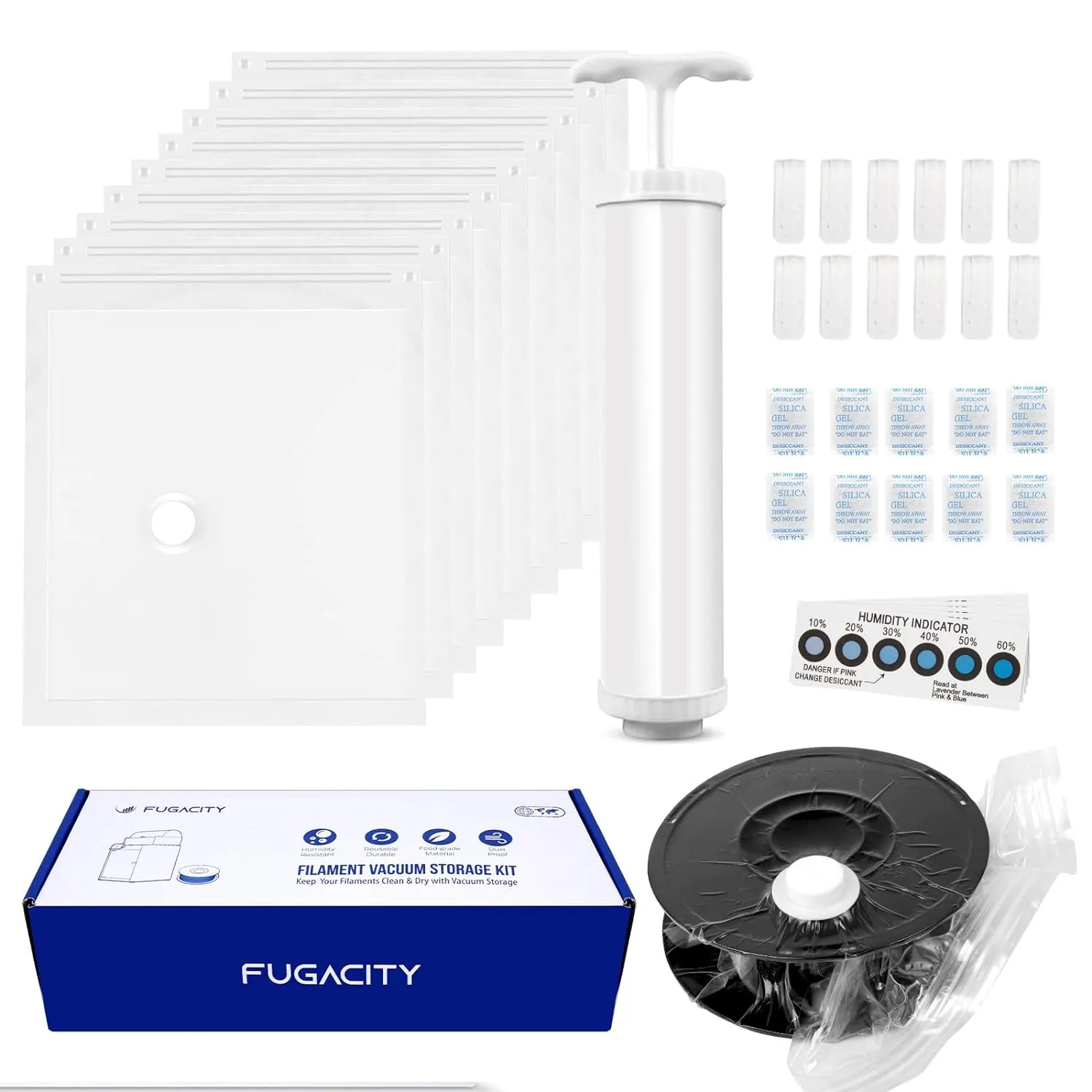
They have a valve that looks like this with a screw cap lid.
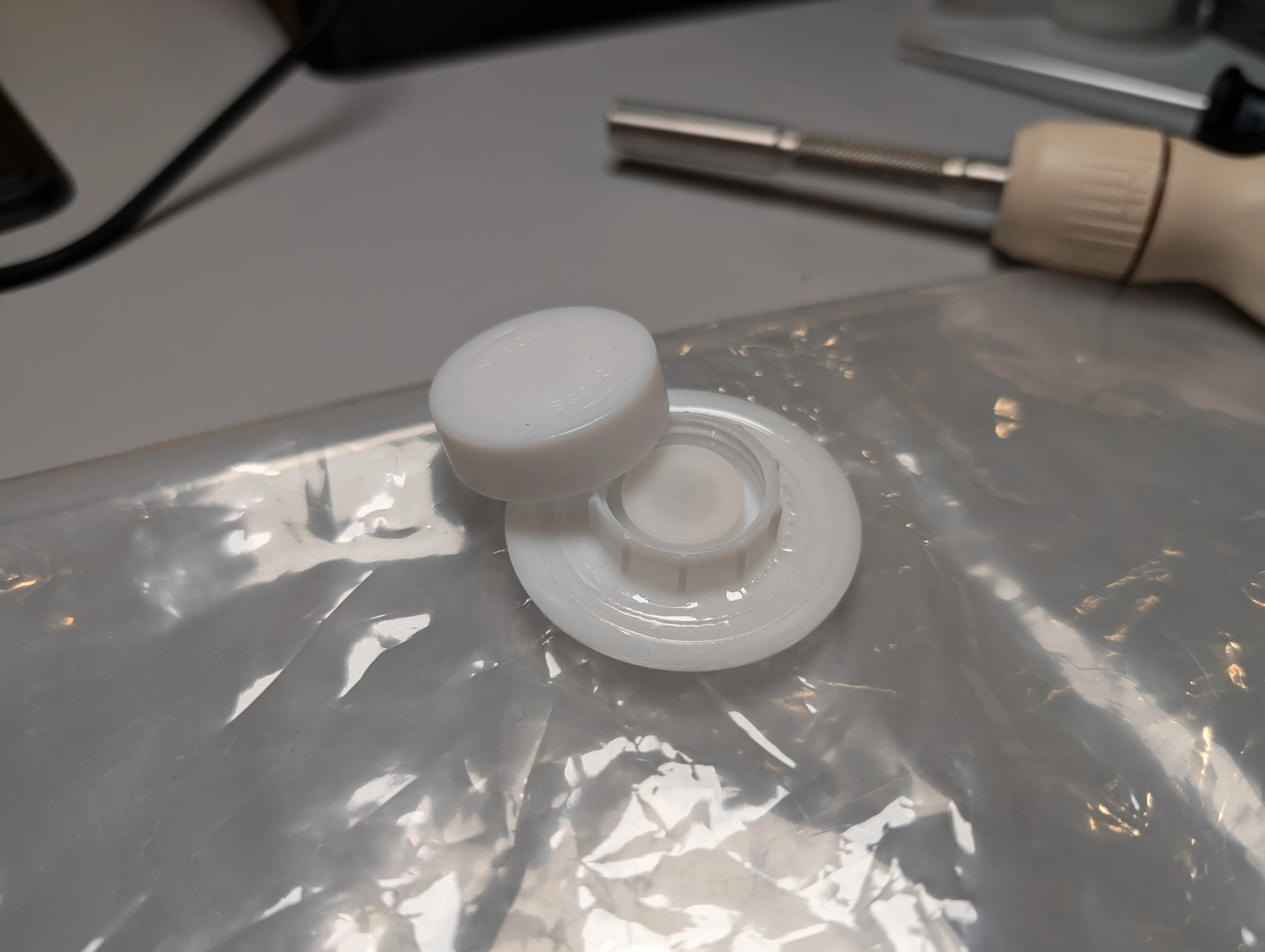
In my experience, these are hit-or-miss - sometimes a seal can stay for months, while other times, gone in a week. However, I'm leaning towards this being a factory-defect and less of a design problem - there's consistency at least.
One thing I did really like, using a screw-top design really makes high-speed manual vacuuming a breeze. The bags are also large enough for my spools (I don't know if they come in different sizes).
Option A
The other looks something like this:
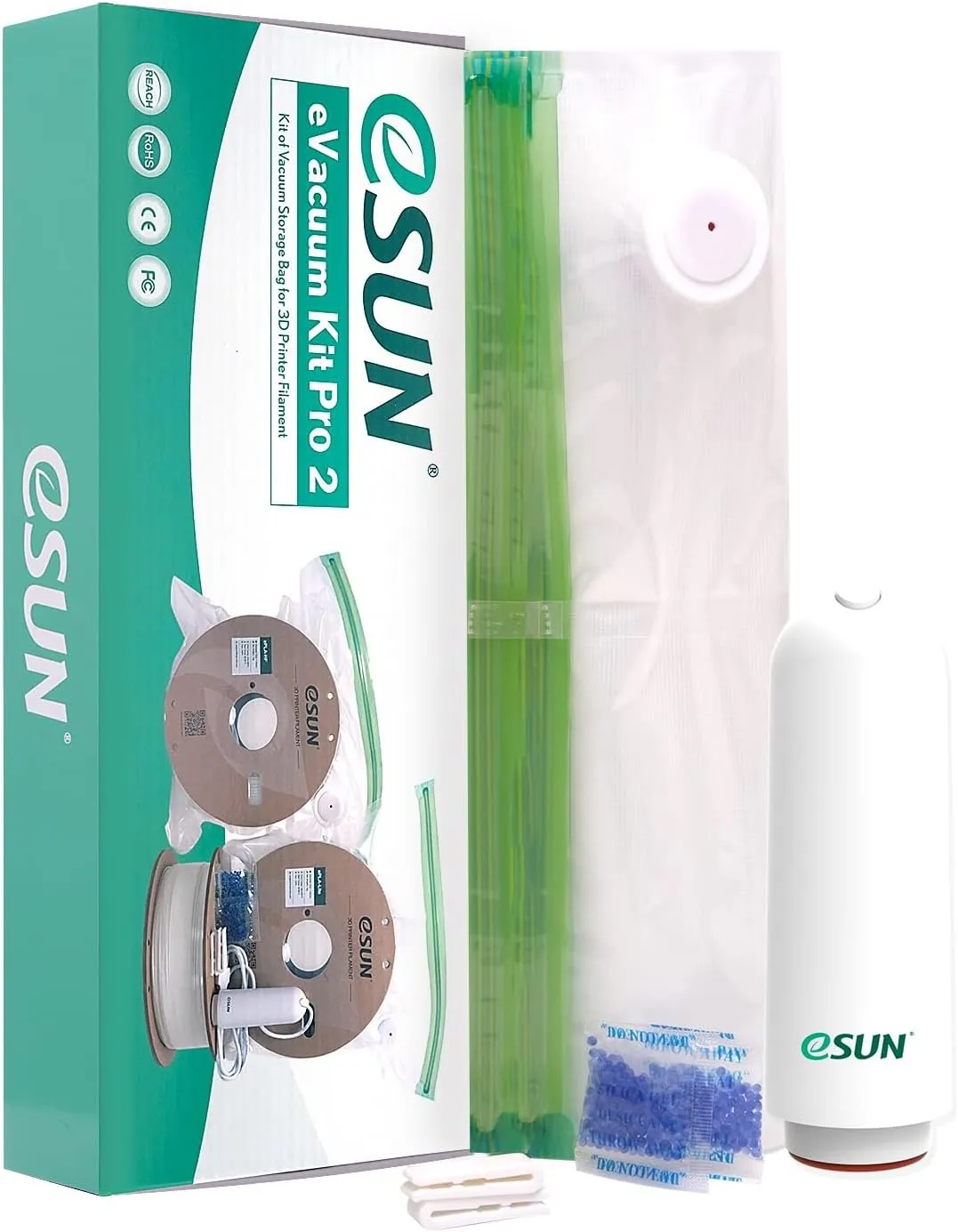
They have a valve of hard plastic, with some kind of rubber inside (red).
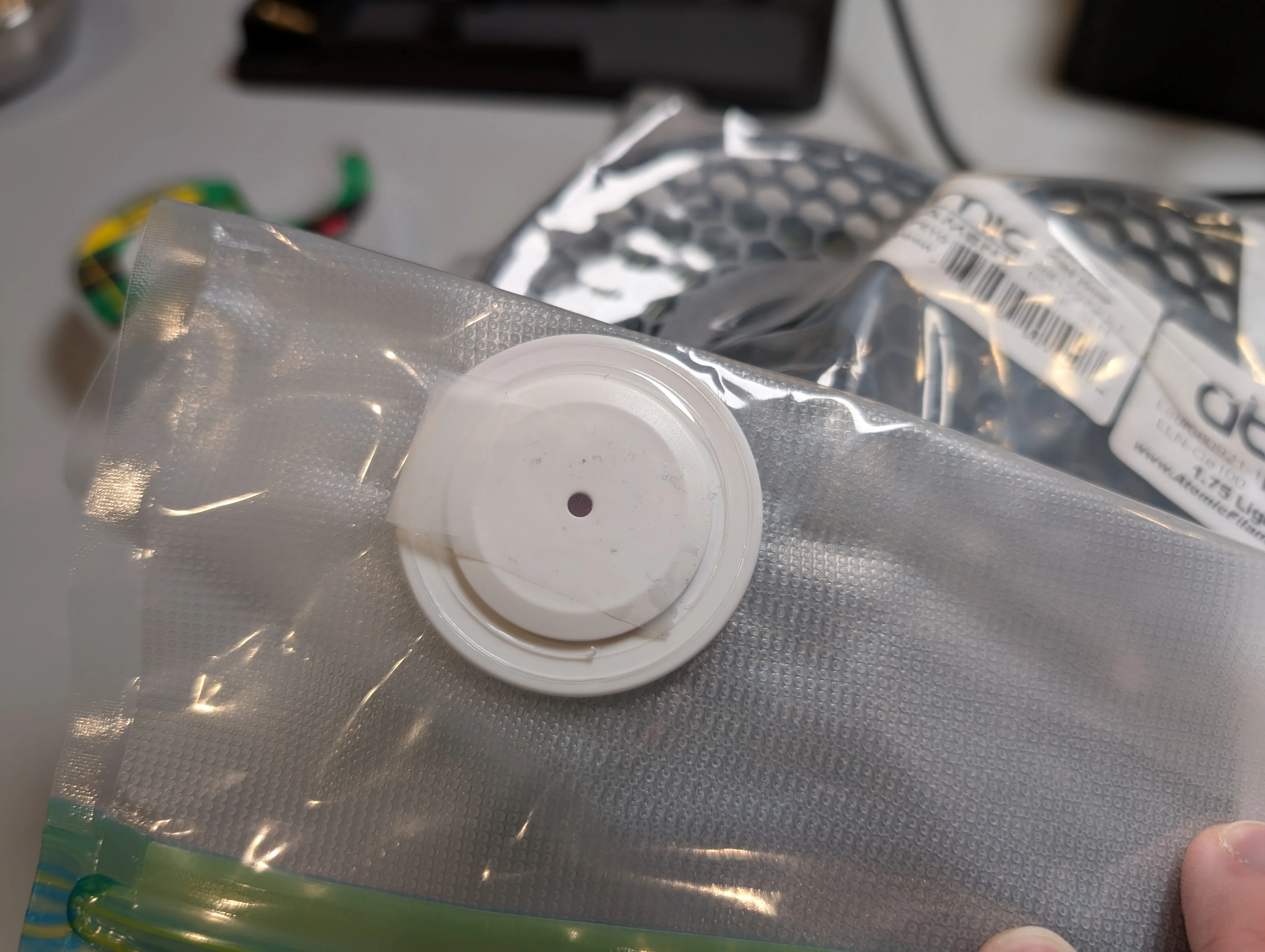
Note the tape, it's required for a reliable seal.
Standalone, these bags are horrible and can't retain a seal for any length of time. I have found that placing some scotch tape over the hole makes my success rate hit near 100%. Other than that, these are big enough for all my spools, the seal allows for easy spool stacking, and at least I've found how to make them functional...
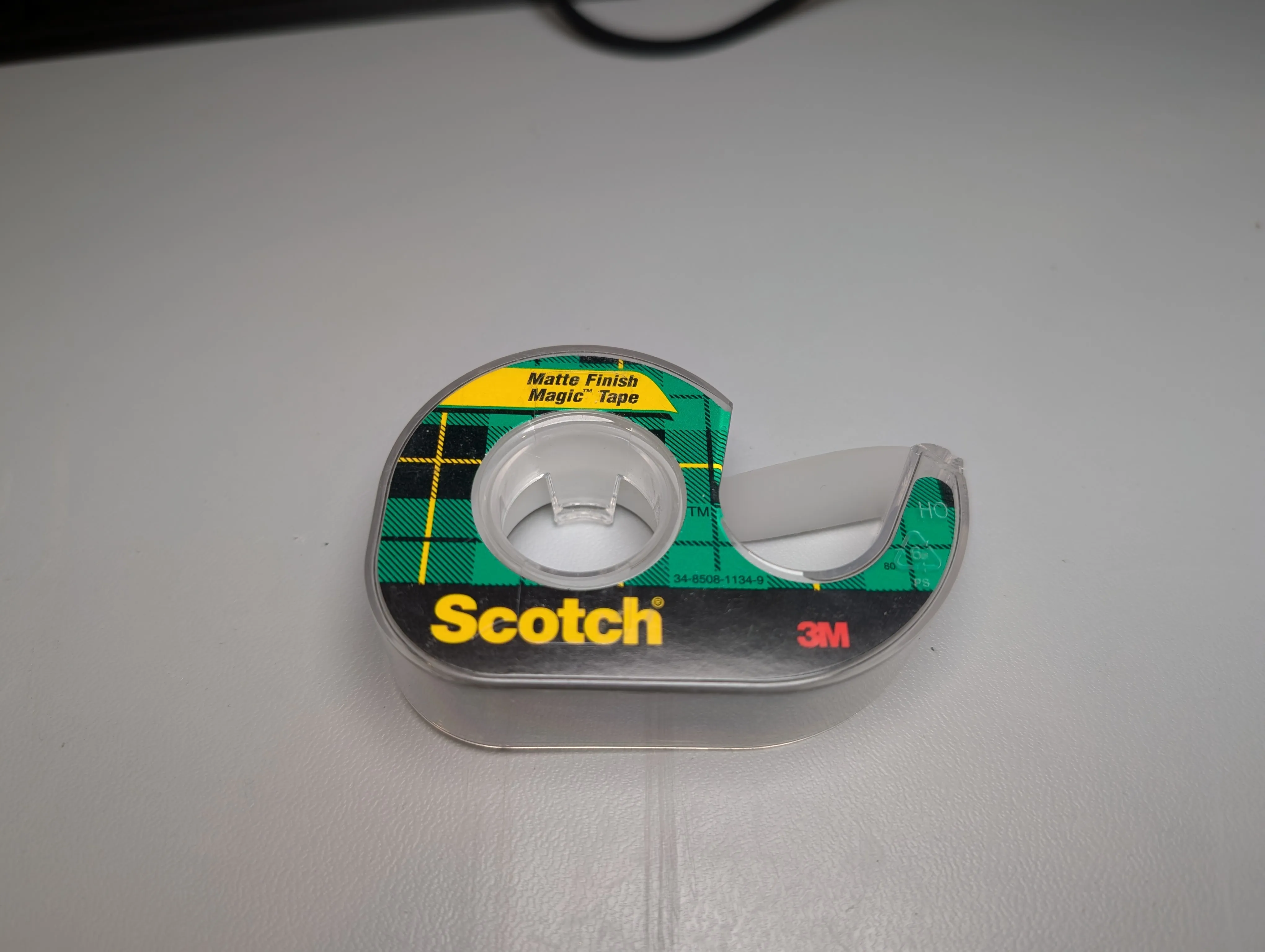
Recommendations?
Really, all these vacuum bags suck, just Option A sucks a little less (with some Scotch tape). Just ignore the brands and just look for what method can be done cheapest, correctly.
A Rant
I really hate how so many sellers abuse the "Color" selector on Amazon (and AliExpress too) to combine completely unrelated products. They do that on Amazon to inherit reviews from older products, or hide bad reviews in the mix of better products. They also do that on AliExpress to make the search function return incorrect pricing.
I really want to make a search engine for Amazon sometimes...